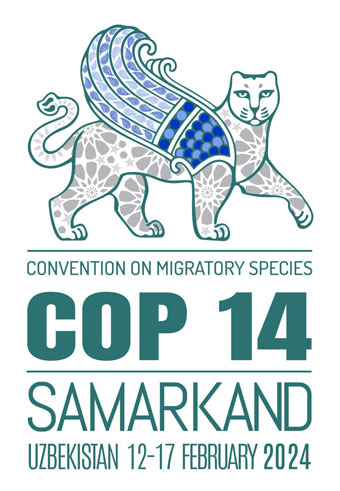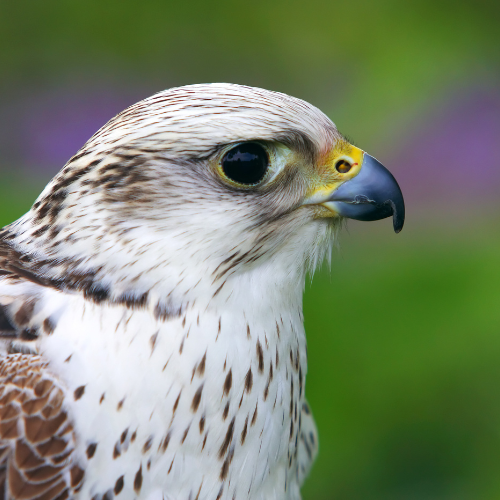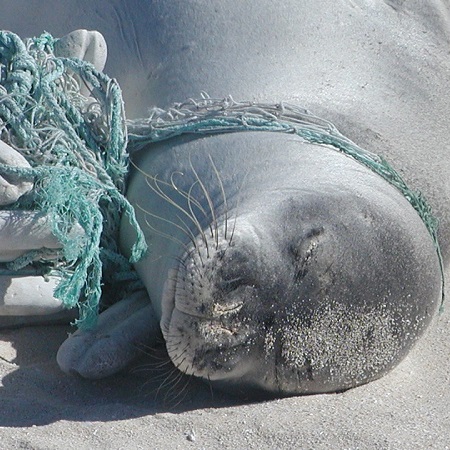The Fourteenth Session of the Conference of the Parties
to the Convention on the Conservation of Migratory Species of Wild Animals
SLOGAN
“Nature Knows No Borders”
+ Learn more about the slogan's significance
The slogan reflects the core of the CMS mandate and builds on the historic resolution of the UN General Assembly in 2021: "Nature knows no borders: transboundary cooperation – a key factor for biodiversity conservation, restoration and sustainable use" (A/75/L.73). The proposal, led by countries from Central Asia, urged all UN Member States to increase international and transboundary cooperation to maintain and enhance the ecological connectivity of transboundary habitats, cross-border protected areas, and ecosystems that are either vulnerable or form part of the migratory range of specific species.
WHEN
12 - 17
February
2024
WHERE
Samarkand
Uzbekistan
Asia

+ Learn more about the logo's symbolism
The logo for the conference features a winged snow leopard adorned with a pattern that brings to mind the famous lapis lazuli tiles of Central Asian monuments. The snow leopard is a keystone species in Uzbekistan, with a range that extends across 12 countries. The powerful and elusive big cat is also the legendary symbol of Samarkand, which is widely found throughout the country, from the magnificent entrance of the historic Sher Dor Madrasah school to Uzbekistan’s national bank notes.
While the snow leopard is a sacred symbol of power and benevolence, its conservation status is of great concern, with only 2,700 to 3,300 individuals thought to exist in the wild (Source: IUCN Red List of Threatened Species).
The 14th Meeting of the Conference of the Parties to the Convention on the Conservation of Migratory Species of Wild Animals (CMS COP14) is set to take place in the historic city of Samarkand, Uzbekistan, from 12 to 17 February 2024.
The conference will be convened under the slogan, "Nature knows no borders", which, along with the logo, is a reminder that the journeys of migratory species do not adhere to political boundaries, and that their survival is dependent on international collaboration and transboundary conservations efforts.
CMS COP14 is a significant international meeting where governments, scientists and stakeholders will come together to agree on strategies for the conservation of migratory species and their habitats.
This meeting will be the first global biodiversity gathering since the adoption of the Kunming-Montreal Global Biodiversity Framework (GBF) in 2022, and will address a wide range of important conservation priorities and new initiatives, including many that will support the implementation of the GBF. The triennial international meeting will highlight the issues of habitat conservation and restoration as well as threats to species such as overexploitation, habitat loss and fragmentation, pollution and climate change. It will also provide a unique opportunity for the launch of major new reports and guidelines, including the first-ever report on the ‘State of the World’s Migratory Species’, new global guidelines on light pollution, and best practices for linear infrastructure to minimize impacts on migratory species.
COP14-associated events and meetings such as the 54th Meeting of the CMS Standing Committee, the High-Level Segment and the Migratory Species Champion Night will take place in the same location on 11 February.
AGENDA & TOPICS
Some of the main topics which the delegates will be tackling:
Provisional Agenda & Documents
-

Proposals to amend the Convention’s Appendices
It is expected that Parties will put forward a number of proposals to add species to the Appendices of the Convention.
-

New Strategic Plan for Migratory Species
The SPMS is a guiding framework for all the work delivered by the Convention supporting the conservation of migratory species. The new SPMS is in line with the strategic directions included in the work programme adopted at COP13, as well as longer-term resolutions, including on climate change, renewable energy, infrastructure, ecological connectivity, and conservation measures for CMS species.
-

Atlas of Animal Migration
The need for mapping animal migration has become all the more relevant. Identifying important sites for migratory species and understanding migration patterns will directly contribute to the achievement of the objectives of the Convention, as well as to other global policy priorities including the Kunming-Montreal Global Biodiversity Framework.
-

Species Actions Plans
Tailor-made action plans are being drafted for the Humback Dolphin, the Hawksbill Turtle, the Angelshark, the African Elephant, the Saker Falcon, the Christmass Island Frigatebird and the Great Bustard in Asia – all of which have seen alarming declines in recent years.
-

The State of the World's Migratory Species
The first-ever State of World's Migratory Species report is expected to be presented and endorsed by COP14.
-

Marine Debris
Along with bycatch and ship strikes, this is one of the major threats to marine fauna, with animals becoming entangled in discarded fishing gear and ingesting plastics.
-

Marine Noise
Guidance will be presented on appropriate environmental impact assessment of activities generating noise in the marine environment.
-

Swimming with Cetaceans
Cetaceans are fascinating and understandably people want to find out more about them, but while humans want to see cetaceans up close, we must be sure that the feeling is mutual and that swim-with-cetacean programmes are not unwillingly doing more harm than good. New global guidelines for recreational in-water interactions with marine wildlife are set to be presented and endorsed by COP 14.
-
Global Guidelines on Light Pollution
Light pollution is increasing globally and each year, it contributes to the death of millions of birds. Internationally agreed guidelines on light pollution covering marine turtles, seabirds and migratory shorebirds already exist and have been endorsed by COP 13. New international guidelines focusing on migratory land birds and bats are currently being developed under CMS and will be presented for adoption at COP 14.
-

Wildlife Disease
-

Insect Decline
Insect biodiversity plays a vital role in the proper functioning of many of the world's ecosystems and their services. Insect decline can have a significant impact on a range of migratory insectivorous species, especially bird and bat species. An important report will be presented at COP 14 for consideration and further action.
-

Climate Change
-

Renewable Energy
Generating clean and reliable energy is absolutely essential to sustainable development but there are risks to migratory species too – from the cables that transmit the energy and wind turbines if installations are not appropriately located.



